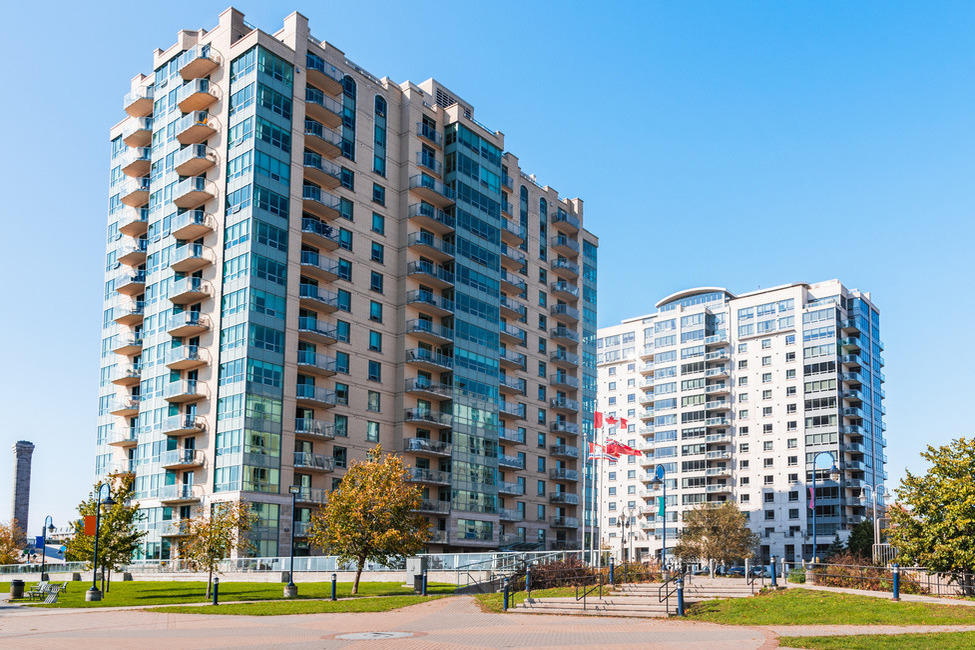Study: Rent Increases Stabilizing, Still Largely Unaffordable for Many

Rental increases have moderated in most metro areas in the United States, though many renters are still priced out of the market, according to researchers at Florida Atlantic University and two other schools.
Rental increases have moderated in most metro areas in the United States, though many renters are still finding themselves priced out of the market, according to researchers at Florida Atlantic University and two other schools.
Only two metros around the country saw double-digit, year-over-year increases: Madison, Wisconsin, where rents rose 11.27 percent; and Charleston, South Carolina, where rents jumped an average of 10.39 percent.
One area saw a year-over-year rent decline: Las Vegas, where rents dropped 1.42 percent, according to the Waller, Weeks and Johnson Rental Index.
“Clearly, the nation as a whole is returning to more normal rent increases. But this does not mean that the rental crisis is over just yet,” said Ken H. Johnson, Ph.D., an economist in FAU’s College of Business. “The level of rents is now much higher and household income has yet to catch up. I think we have moved from a rental crisis into a prolonged affordability crisis.”
Johnson, along with fellow researchers Shelton Weeks, Ph.D., of Florida Gulf Coast University, and Bennie Waller, Ph.D. of the University of Alabama, estimate where average rent should be for a market and then compare that to where actual average rent is, and compute a premium or discount using past leasing data from Zillow’s Observed Rent Index.
Year-over-year and month-over-month increases, as well as a rent-burdened metric, are also estimated in the monthly report of the nation’s 100 largest metros.
The latest results can be found here.
Despite the moderation in rent increases, markets across the country were still largely overvalued or renting at a premium.
Knoxville, Tennessee was the most overvalued market in the country, with renters paying a 17.95 percent premium.
Other markets where renters paid the highest premium on rents: Cape Coral, 17.66 percent; El Paso, Texas, 15.91 percent; Miami, 15.44 percent; Albuquerque, New Mexico, 14.76 percent; and North Port, where rents were overvalued by 14.12 percent.
Nationally, the average renter paid an 8.11 percent premium for rent.
“Eight of the top 10 most overpriced rental markets are in Sunbelt states. This is not surprising given the demographic shifts that are going on around the country and the slow development of new inventory in these states,” Waller said.
The average renter needs a six-figure salary in at least 11 metro areas (San Jose, California, New York, San Francisco, San Diego, Boston, Oxnard, California, Los Angeles, Miami, Bridgeport, Connecticut, Honolulu, and Riverside, California) to avoid being cost burdened, devoting more than 30 percent of their income to housing, researchers also found.
“The issue of affordability is probably going to become the big question going forward,” Weeks said. “Until we see significantly more production of new rental inventory and average household annual income increases, we will be talking about affordable housing.”
-FAU-
Tags: real estate | business